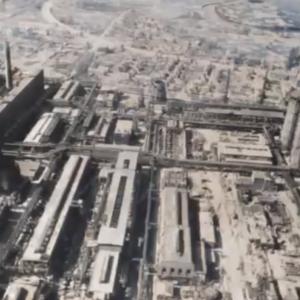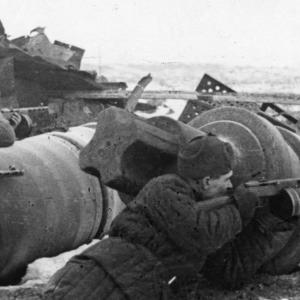
Strong-Bow missile launcher
Taiwan’s defense strategy over the last few years has become extremely direct. Taiwan’s security planners now openly assume something that they used to avoid saying out loud: if a conflict starts, Taiwan might be cut off from outside supplies. Because of that, Taiwan is shifting strongly toward building weapons at home, stockpiling them, and making sure they can survive inside the island even if ports and airbases are hit.
One of the most discussed systems in this new domestic effort is a missile system often called Strong Bow or Chiang-Kong. It is an evolution of the Sky Bow family. It is a two-stage interceptor using modern radar and truck based launchers. Most discussion places the Strong Bow interceptor’s effective interception altitude in the area of around 70 kilometers. That is important. That altitude puts it into a mid-tier anti-ballistic missile role. It can intercept targets that are higher, faster, and harder to hit than what Taiwan’s older interceptors were designed for.
This matters to Taiwan’s deterrence strategy. If China ever attempted to knock out Taiwan’s defenses with missile barrages, the goal of Strong Bow is to pick off some of those missiles before they enter the lower atmosphere. This is not meant to create a perfect wall in the sky. It is meant to raise the uncertainty for the attacker. Every missile killed before it reaches its target is one less that causes damage. Every new layer of defense forces the attacker to bring more weapons and accept more losses.
Just as important as the missile itself is the mobility. Strong Bow launchers are on trucks that can be moved and dispersed. Taiwan is trying to make its defenses as hard as possible to destroy in one opening strike. A system that can move around highways and hide in tunnels, parking garages, or mountain roads is much harder to eliminate than a system bolted into a fixed concrete site.
This missile project fits into a larger picture. Taiwan is building more anti-ship missiles to threaten any amphibious fleet crossing the strait. It is building small stealthy missile corvettes. It is building more drones. It is expanding artillery ammunition production. It is localizing the manufacturing of guidance systems, propellants, warheads, and electronics.
Nothing here is a silver bullet. China still has a much larger arsenal. But Taiwan is not trying to match China’s volume. Taiwan is trying to raise the cost of invasion. It is trying to make it slow, bloody, uncertain, and expensive.
That strategy is why Taiwan is pushing so hard to arm itself at home. Because in a real war, the weapons you already have inside your own borders are the only ones you can trust to be available on day one.










